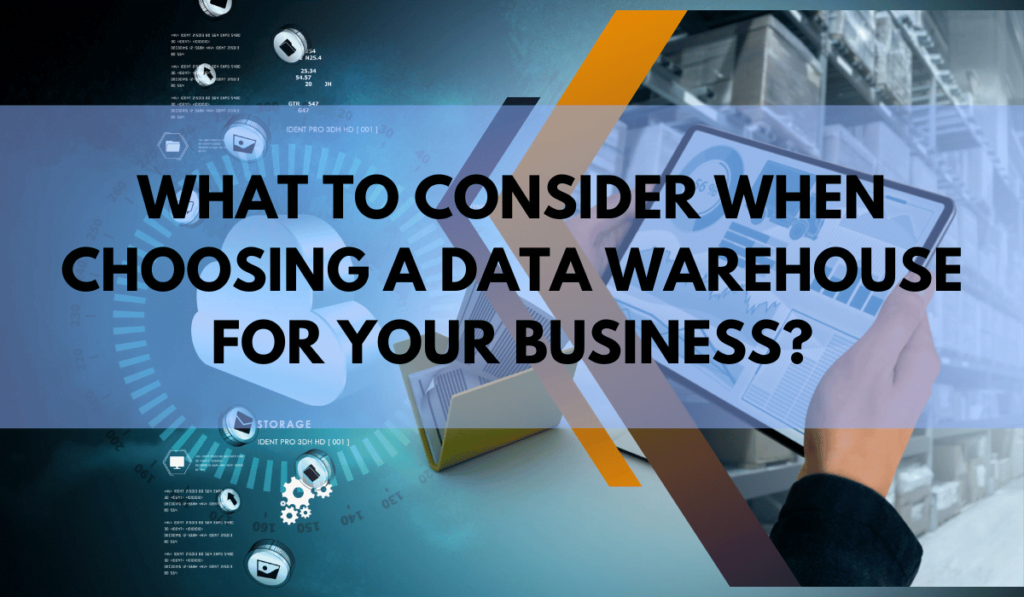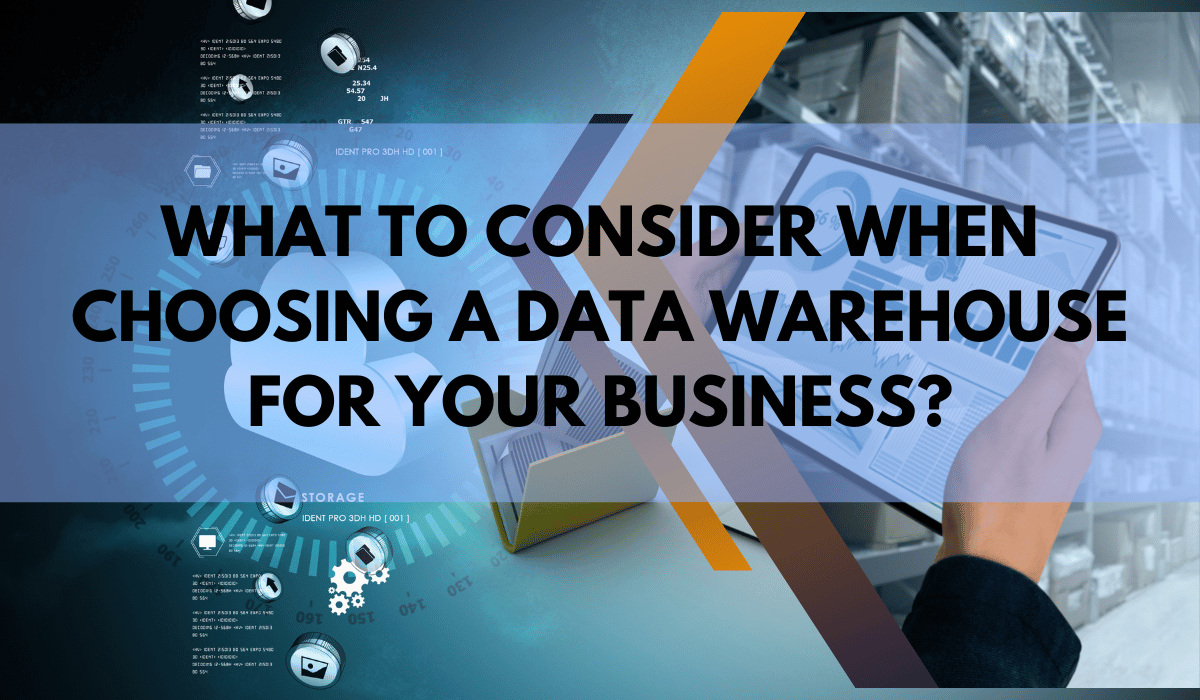Data warehousing is familiar, but many companies still have room for improvement. According to a recent survey, only 2% of the data generated by businesses is collected and analyzed. Much of the remaining 98% represents the business value lost due to poor data management practices. A dedicated data warehouse is a key tool to access this value.

Each enterprise is different, and so are its data storage needs. The data warehouse is often the core of an organization’s data architecture. It stores and aggregates data from different sources for easy access and subsequent analysis of relevant data. Although the overall purpose is often similar, the use cases can differ. The key to success is ensuring that the data warehouse meets the organization’s needs and is optimized for the most common or essential use cases.
What to Consider When Investing in a Data Warehouse?
Some primary factors to keep in mind before you invest. This article will review the key references to consider before investing in a data warehouse. As you might expect, these areas often interact, and finding the right balance between them is the most challenging part of the decision-making process. To help you do this, we summarize the key differentiating elements and explain how they relate to your business objectives.
Data Strategy
Verify that your vision is aligned with your organization’s data strategy. Alignment with your data strategy is key to ensuring that your data warehouse does not become a temporary solution. Investments must create measurable value and remain relevant through sustainable governance. To achieve this, desired outcomes must be aligned with the processes and data that drive them. You must assess whether your organization is ready for such an initiative at this stage. How do you manage governance, scalability, security protocols, and automation?
Approach to Implementation
Before embarking on a data warehouse project, decide on your approach to business intelligence (BI): should IT own the data and generate the reports, or should the business be responsible for the entire process in a self-service model? This key question that needs to be answered before embarking on a data warehousing project.
Use Cases
Before choosing a specific technology, try to understand how the company will use the data warehouse. What business concepts and competencies do you want to acquire? What granularity do you need to capture these concepts, and how much data do you need? Approximately at what speed do you need to access the information contained in the data? Are you anticipating changes shortly? Are you planning to add new business purposes to the repository after deployment, or do you want to keep some options open so that you can respond quickly and easily in the future?
These questions are best asked as early as possible. Archiving should be part of a long-term strategy rather than a tactical solution to an urgent problem. Think about your development strategy for the next few years and try to meet as many future needs as possible.
On-Site Or in the Cloud
The choice between on-premises storage and cloud storage is now much easier than it used to be. Today, almost all companies that do not need on-site storage due to industry regulations are turning to cloud solutions.

On-premises storage has advantages: it provides greater control over data storage and management and can make it easier to comply with specific security policies. However, these are often offset by the cost of the hardware and IT staff required to manage it.
If your business is not deploying an on-premises solution, we recommend you choose a cloud-based solution. They are easier to implement, more flexible, scalable, and in most cases, cheaper. They also give you access to integrated BI tools without implementing everything from scratch.
Costs
While business value should always be the top priority, the cost is an essential factor in almost every investment. Consider the total cost structure of your data warehouse, including hidden costs. In addition to money spent on hardware or cloud resources, there are many other areas to consider.
You need to know how much it will cost to deploy a new solution. What is the expected data volume at the initial load? What is the anticipated growth in data volume over the next few years? Will additional investments be needed to integrate or upgrade the existing IT infrastructure? Will you need too many employees to operate and manage the database? How much will be needed to recruit and retain full-time staff? What about the costs of possible expansion?
Answer these questions and compare the most popular providers’ subscription plans and pricing structures.
Conclusion
Introducing or upgrading a data warehouse is a time-consuming and complex process, and there are many factors to consider before investing money, time, and resources. It is important that the solution you choose fits your long-term strategy and supports critical areas of your business.
When in doubt, you can always turn to a trusted data warehouse consulting partner with extensive hands-on experience in data. You should be sure that the solution suits your requirements and use the data to boost your business.



























